NCI
-
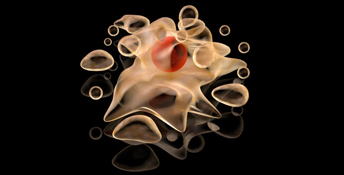
Probing roles of a cell death protein
Vanderbilt researchers have discovered new roles for a protein involved in cell death processes that are activated to prevent tumor-causing DNA mutations. Read MoreJul 17, 2013
-
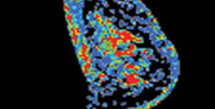
Predicting cancer’s response to therapy
Researchers are developing imaging methods to predict patient outcome early in the course of chemotherapy for breast cancer – to allow clinicians to adjust therapy for patients who are not responding. Read MoreJun 24, 2013
-

Factor’s yin-yang tumor effects
A factor produced by most malignant cells can both promote and inhibit tumor growth – an insight that is critical to using cancer drugs developed to block this factor. Read MoreJun 10, 2013
-

Salt revs stomach bug’s cancer impact
A high-salt diet worsens the carcinogenic effects of Helicobacter pylori, a bacterium that colonizes the stomachs of half of the world’s population. Read MoreMay 13, 2013
-
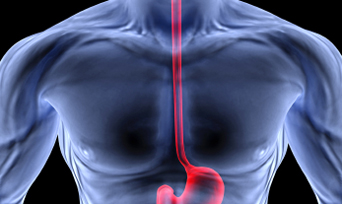
Dual-action enzyme protects esophagus
An antioxidant enzyme also functions as a tumor suppressor to limit cancer development in the esophagus. Read MoreMay 9, 2013
-
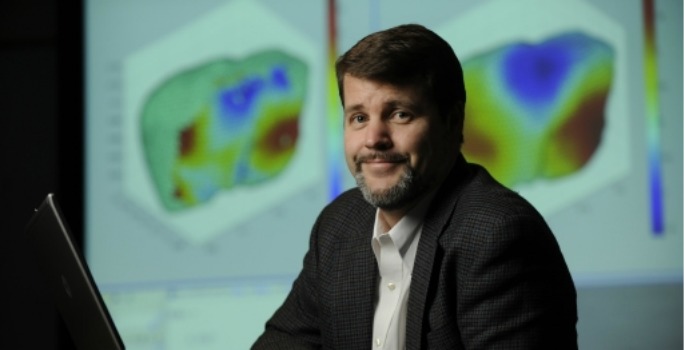
Grant bolsters liver tumor surgery techniques
A team led by Vanderbilt University biomedical engineer Michael Miga, associate professor of Biomedical Engineering, Radiology and Radiological Sciences, and Neurological Surgery, has been awarded a five-year, $3.1 million grant from the National Cancer Institute to enhance image-guided surgery techniques for safely removing liver tumors. Read MoreApr 8, 2013
-

Diagnostic codes identify smoking status
Diagnostic codes used for billing purposes effectively identify smokers in a general clinic population and can be used to adjust smoking status in genetic and epidemiologic studies. Read MoreMar 15, 2013
-

Bacterial resistance breaks bridges
Understanding how bacteria become resistant to quinolone antibiotics could guide strategies for developing new antibacterial drugs. Read MoreMar 14, 2013
-
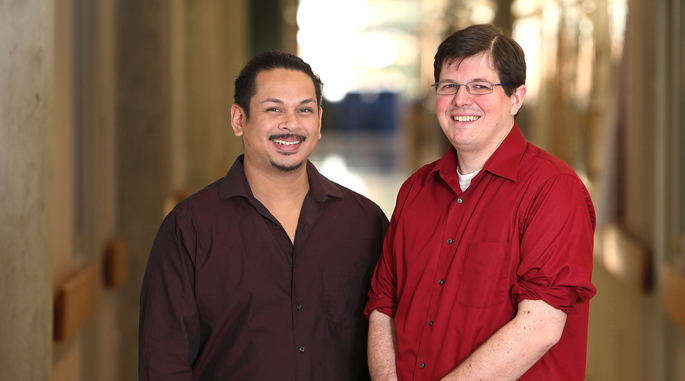
Antibacterial protein’s molecular workings revealed
Vanderbilt investigators report new insights to the workings of calprotectin, an immune system protein that “starves” bacterial pathogens of the metal nutrients they require. Read MoreFeb 21, 2013
-
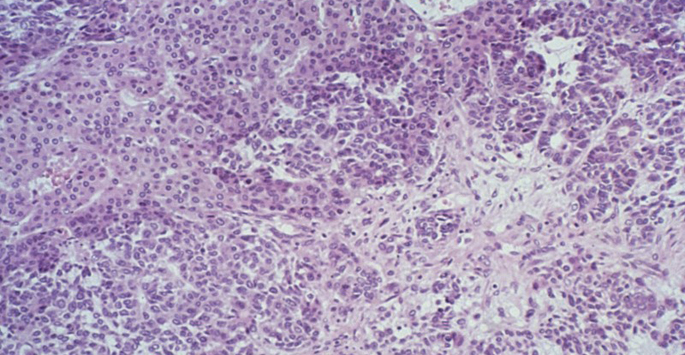
Factor CITED in pediatric liver cancer
Vanderbilt researchers report that they have found a factor involved in the persistence of embryonic cells implicated in childhood liver cancer. Read MoreFeb 20, 2013
-
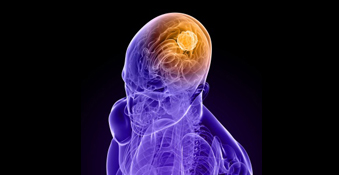
Brain tumor TIP reveals new target
The protein TIP-1 appears to be a novel prognostic marker for glioblastoma and may be a good therapeutic target for disrupting tumor-driven blood vessel development. Read MoreFeb 4, 2013
-
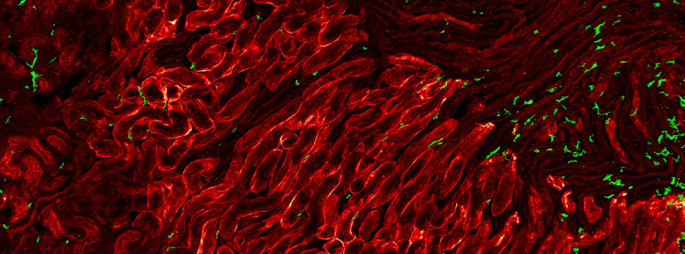
Do-it-yourself repair in the kidney
The kidney can mediate its own repair through proliferation of resident immune system cells. Read MoreJan 31, 2013
-

New view of DNA processing ‘hub’
Structural studies reveal a new framework for understanding a central player in DNA processing. Read MoreJan 23, 2013
-

Study helps define pancreatic cancer’s cellular origins
Vanderbilt and University of California investigators have discovered the “cell of origin” for pancreatic ductal adenocarcinoma, a finding that could lead to early detection methods and new treatments. Read MoreJan 17, 2013
-
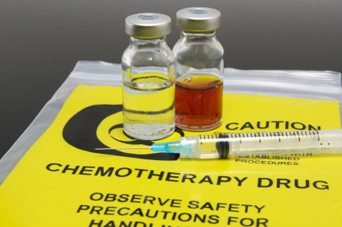
A drug combo for ovarian cancer
Combining another drug with platinum-based chemotherapies may be more effective against ovarian cancer. Read MoreDec 24, 2012
-
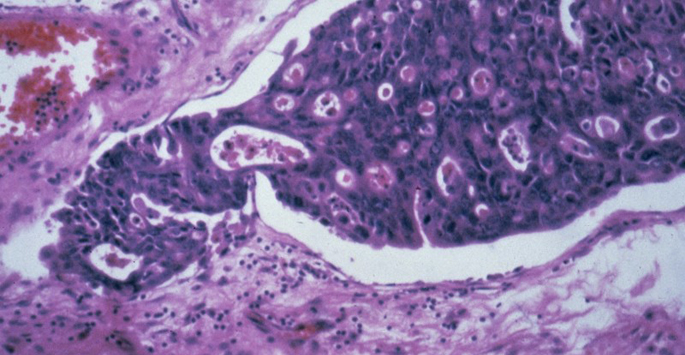
Cancer markers from archived tissue
Archived tissue samples are yielding new disease biomarkers. Read MoreDec 20, 2012
-
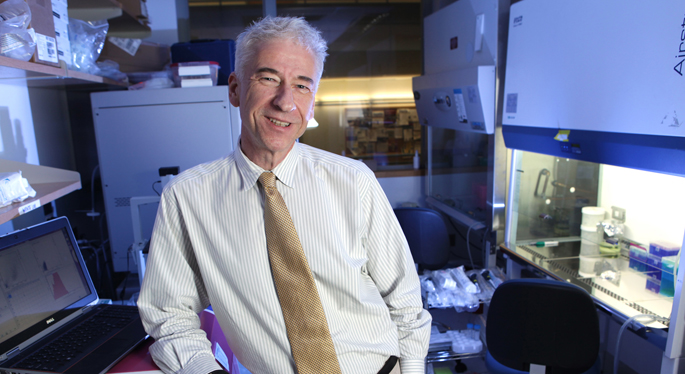
Polarity protein suppresses tumor growth, invasion
The machinery that builds the characteristic shape of epithelial cells suppresses breast cancer formation and metastasis in a mouse model. Read MoreNov 29, 2012
-

Bird’s eye view of gut development
A new map of the developing gut of quail offers valuable tool for studying intestinal diseases. Read MoreNov 19, 2012
-
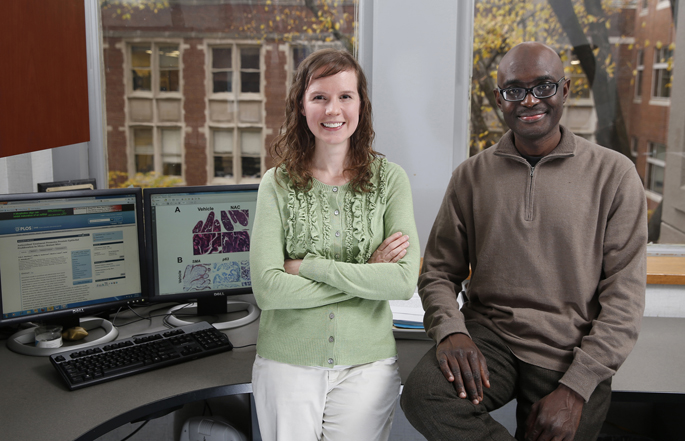
Study tracks antioxidants’ role in prostate tumor growth
Antioxidants promote cell growth in a mouse model of prostate cancer, Vanderbilt researchers report in the journal PLoS ONE. The findings provide insight into the recent controversy regarding antioxidants and prostate cancer prevention. Read MoreNov 15, 2012
-

Bacterial signals in sarcoidosis
Study adds evidence for infectious agents’ role in sarcoidosis, an inflammatory condition that can lead to respiratory failure and death. Read MoreNov 6, 2012